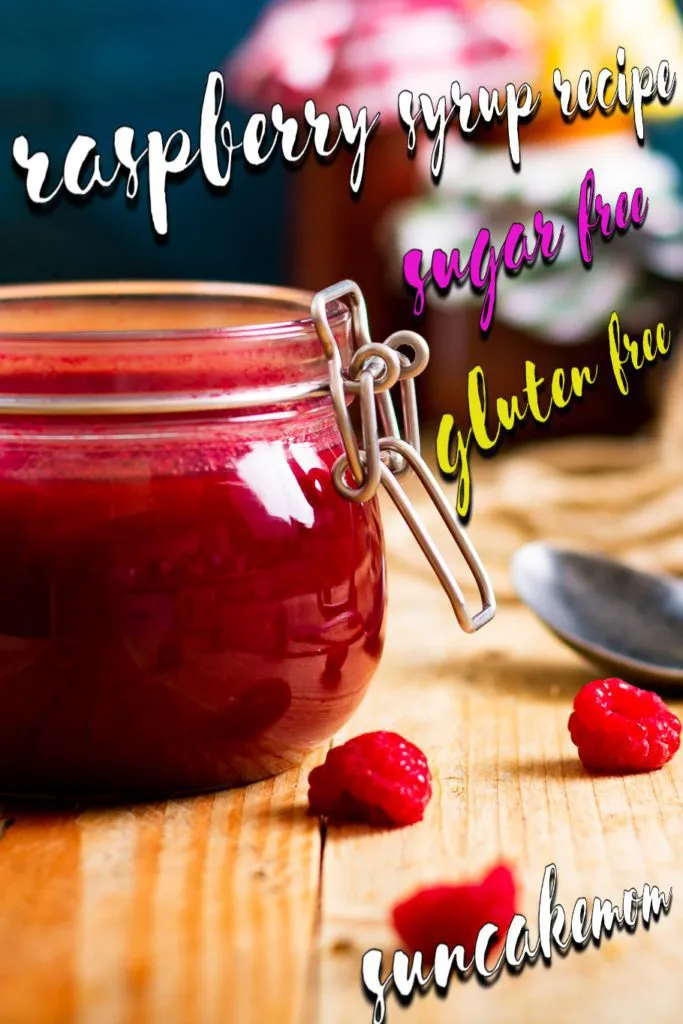Raspberry Syrup – Sugar Free Recipe
Raspberry syrup made in the coziness of our kitchen almost in the flash of an eye. Well, filtering the thing through may take some time but worth the try!
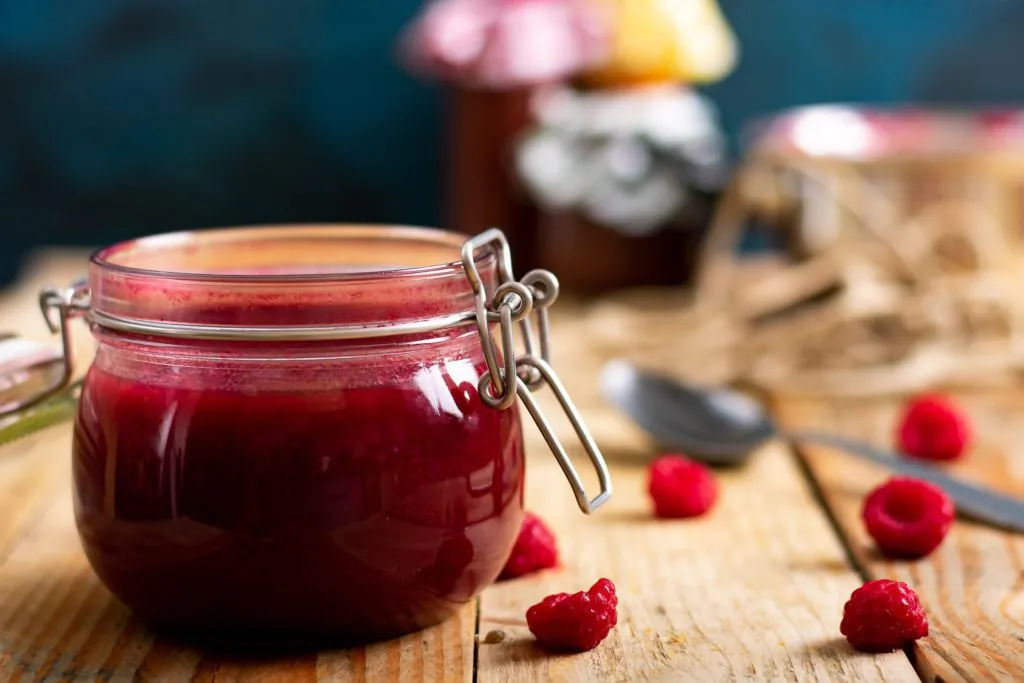
Raspberries aren’t just delicious little bursts of flavor—they’re packed with essential vitamins and minerals that nourish the body and uplift the spirit. Perhaps that’s why tending to a garden feels so healing.
Sure, flowers brighten any space, but there’s something even more satisfying when those blooms lead to fruit. Maybe it’s just the inner foodie speaking—but who could argue with homegrown berries?
Of course, not everyone has access to a backyard garden. Fortunately, raspberries thrive in containers too. A spacious pot on a sunny balcony can be enough to produce a modest harvest—so long as the plant isn’t forgotten under the blazing sun without water.
Some prefer a morning 5k to reset the mind and balance stress hormones instead of digging through soil and pulling weeds. And that’s perfectly valid—everyone finds balance in their own way.
Skipping the full-scale vegetable patch also means there’s no pressure to preserve an entire season’s bounty. These days, preserving food is simpler than ever, thanks to modern methods that retain taste and texture without much effort.
But there’s one persistent issue that modern life hasn’t shaken off: sugar. It snuck into everyday eating decades ago and now seems to be hiding in almost everything—even when it’s completely unnecessary.
Many believe sugar is essential for canning fruit, but that’s only partly true. Its role is more about preserving appearance and texture than making food safe. Jam or syrup made without sugar can still be safely stored if processed correctly—it just may not look quite as glossy on the shelf.
When it comes to fruit syrups, especially, the real issue lies in flavor. Most store-bought versions are overloaded with sugar, masking the fruit’s natural aroma and character. It’s no surprise—they’re mass-produced for consistency, not nuance.
Thankfully, making homemade raspberry syrup is simple and deeply rewarding. A fine sieve or filtering cloth will help remove seeds—those tiny troublemakers that can clog narrow bottles and spoil an otherwise perfect pour.
A few extra steps, a bit of care, and what emerges is a syrup full of fresh, vibrant flavor. Real fruit, real taste—no excess sugar required.

In case natures in its plainest form seems too harsh at first, there are options to smoothen the journey with our sweeteners of choice at any time.
Ingredients
- 2½ cups / 300g Raspberries
- Honey or sweetener of choice to taste (optional)
- ¼ cup / 50g Water
How to make Raspberry syrup
- Put raspberries in a medium size saucepan.
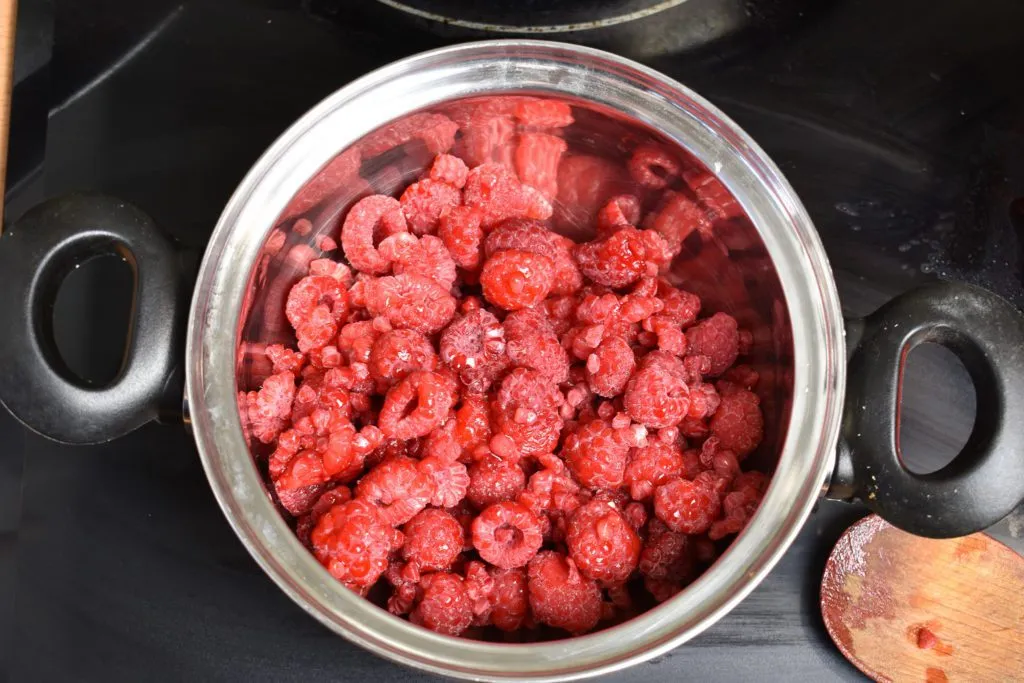
- Pour in water and the optional sweetener too.

- Put the saucepan on the cooktop on medium heat and bring it to boil whilst stirring it occasionally. When it boils lower the heat and cook it on low heat for about half an hour until it thickens.

- Get a bowl and a sieve to pour juice into the sieve.
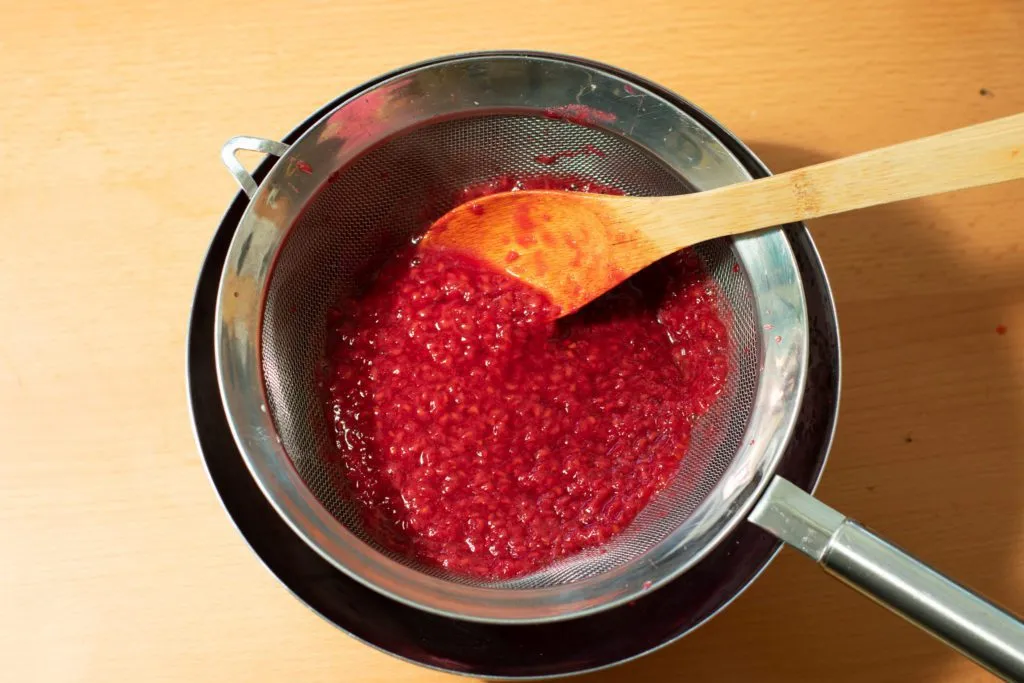
- Press juice through the sieve to get the seedless syrup at the end.

- Store syrup in the fridge before using it up. To store it without cooling check out: Canning procedures
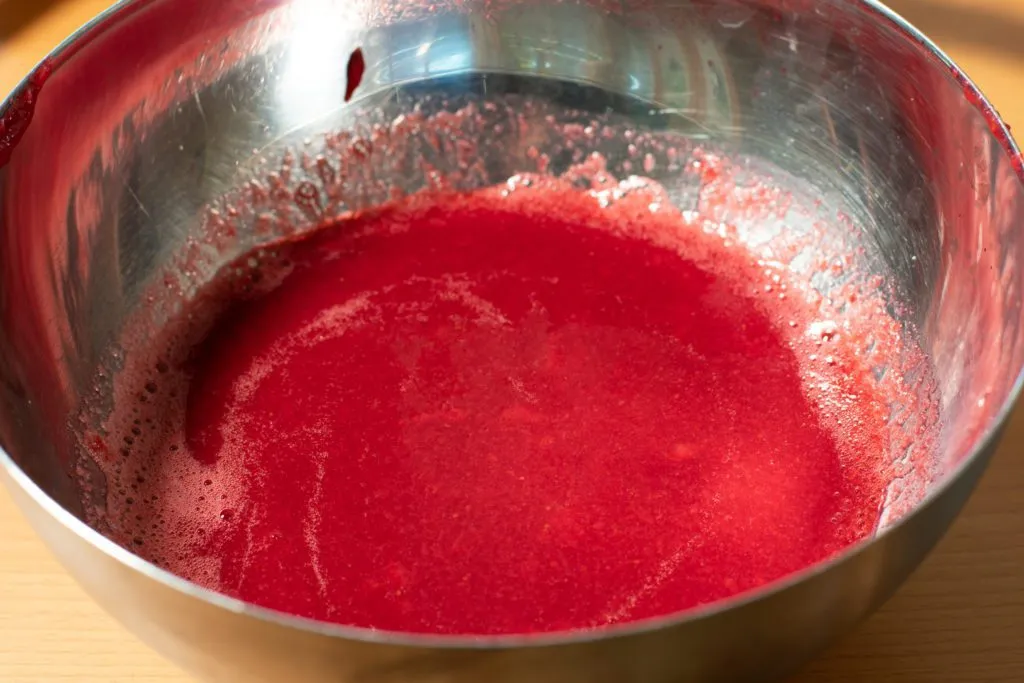
Enjoy!
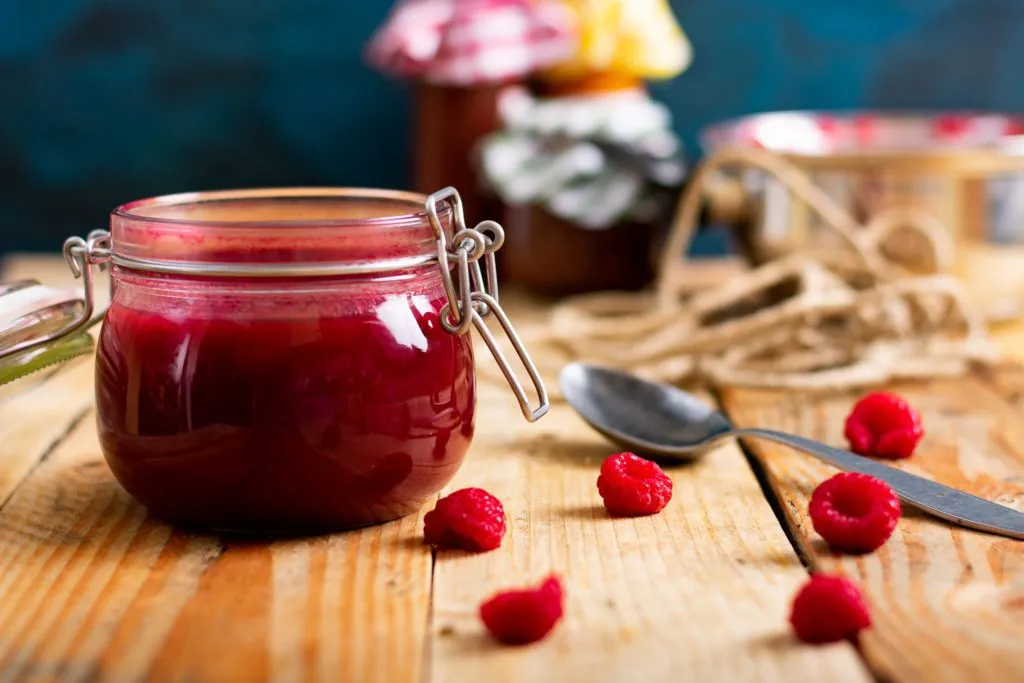
Raspberry is tasty but not the only fruit out there nor should we just stop at making syrups:
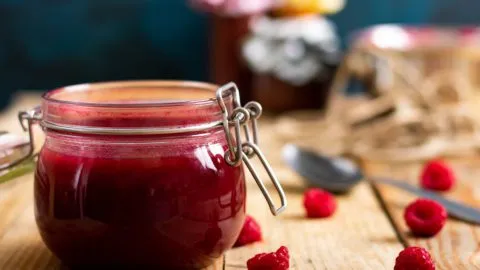

Star this recipe!
Raspberry Syrup – Sugar Free Recipe
Ingredients
- 2½ cups Raspberries
- Honey or sweetener of choice to taste
- ¼ cup Water
Instructions
- Put raspberries in a medium size saucepan.
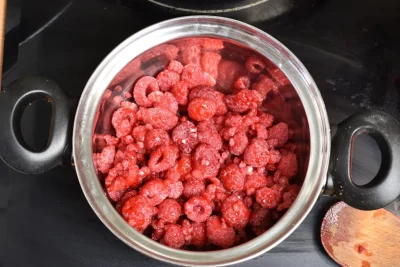
- Pour in water and sweetener as well.
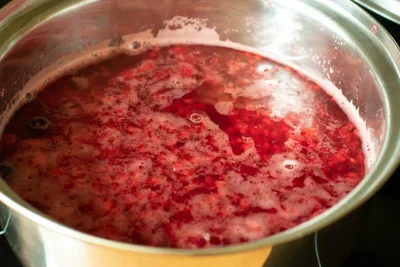
- Put the saucepan on the cooktop on medium heat and bring it to boil whilst stirring it occasionally. When it boils lower the heat and cook it on low heat for about half an hour until it thickens.

- Get a bowl and a sieve to pour juice into the sieve.
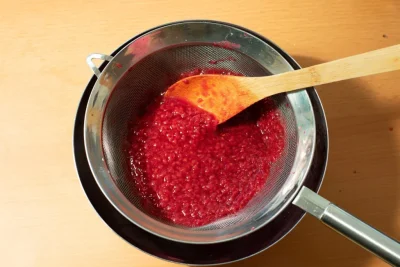
- Press juice through the sieve to get the seedless syrup at the end.

- Store syrup in the fridge before using it up.
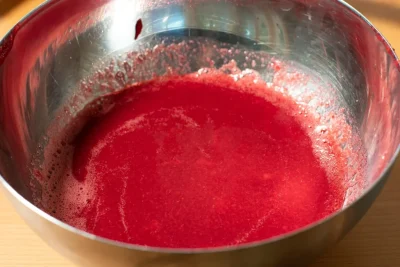
Notes
Nutrition
Pin now, Enjoy later!
